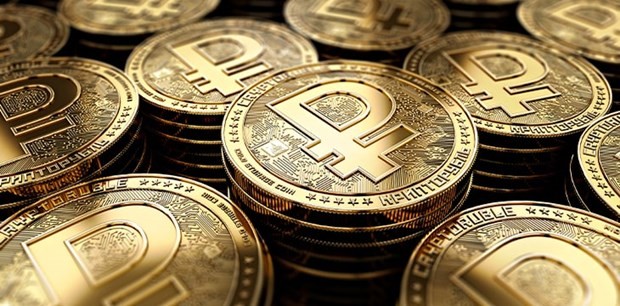 |
| Digital Ruble - Russia launches 'new weapon', finds a way out of the sanctions matrix. (Source: coingeek.com) |
Since August 1, the digital Ruble has officially come into effect in Russia, after Russian President Vladimir Putin signed the issuance law.
Thus, just 4 months after being put into trial circulation (from April 1), Russia has accelerated the implementation of the digital ruble, in the context of anti-sanctions sanctions from the West, including a blockade in the financial and monetary sector. The use of this new type of currency is considered an effective solution for Moscow to make important payments at home and abroad, significantly reducing its dependence on the Western financial system.
What is Digital Ruble?
The Central Bank of Russia (CBR) said that the digital ruble is not a cryptocurrency but a national means of payment, the circulation of which will be decided only by the CBR.
The digital Ruble, issued together with the traditional Ruble, is created on a special platform of the Central Bank, and can be transferred and paid online or offline, without using a credit institution as an intermediary.
As the digital ruble becomes more accessible, it promises to revolutionize financial transactions and reshape Russia's financial landscape, says researcher Sauradeep Bag.
President Putin's signing of the digital ruble law has reinforced Russia's commitment to widespread adoption of the currency. The proposed law legalizing the digital ruble has received approval from both houses of parliament, the State Duma and the Federation Council, as Russia accelerates the process after being hit by financial sanctions from the West.
Realize that digital currencies with interoperability can enhance international trade and create a sphere of influence beyond the USD-dominated system.
Of course, the success of these initiatives requires careful consideration of various factors, including the strength of China’s digital yuan and the potential “resurgence” of the US dollar, which requires pragmatic approaches and careful oversight.
Russia’s approach to developing a digital currency also differs from its counterparts. While countries like India are focused on asserting monetary sovereignty and staying competitive in the digital currency world, Russia’s motivation is driven by national survival and development.
Even at a business conference in New Delhi, Russian State Duma Deputy Speaker Alexander Babakov proposed a unified digital currency for Russia, China and India. The main goal is to promote trade in compliance with each country's regulations, but at the same time reduce dependence on the US dollar or euro, minimizing Russia's vulnerability to international sanctions.
Facilitating trade is Russia’s main goal while circumventing current sanctions and reducing its dependence on two of the world’s major global reserve currencies in the long run. Moreover, such a common digital currency could foster stronger economic ties between the three countries of Russia, India and China and pave the way for an alternative financial system beyond traditional dominant currencies.
Russia, India and China, members of the BRICS group of leading emerging economies, have been considering a multinational digital currency but with limited progress. While not entirely new, the concept is important for Russia, especially in the face of escalating sanctions.
Russia has previously explored the use of digital currencies for international transactions, but European restrictions have hampered that approach. There is also speculation about potential digital currency cooperation between Russia and Iran.
Russia opens the escape route
The European Union (EU), the United States, Canada and the United Kingdom have imposed sanctions on Russia, including banning some Russian banks from the international financial transaction system SWIFT. The aim is to isolate Russia economically, cut off its revenue and pressure it to end its military campaign in Ukraine.
These sanctions have strained global supply chains as Russia is a major exporter of crude oil, wheat and cobalt, leading to spikes in global prices. Russia is leveraging its trade partnerships in Asia and Africa and is also rolling out a digital ruble to improve trade efficiency.
Boosting trade is Russia's main goal while circumventing current sanctions and reducing its dependence on two of the world's main global reserve currencies, the US dollar and the euro, in the long term.
The US sanctions have had a significant impact as global trade in dollars has frozen transactions, sending the value of the ruble plummeting and raising concerns about Russia's debt obligations.
Countries around the world are experimenting with digital currencies, and Russia is no exception. The CBR first expressed interest in digital currencies in 2017, but had no significant plans for development. But in 2022, the CBR unexpectedly announced plans to launch a digital ruble in 2024.
Plans to develop a digital currency predate the Russia-Ukraine conflict, but only really gained momentum due to Western sanctions and restrictions. The urgency to develop a digital currency grew due to the need for a reliable tool for foreign trade, following the conflict with Ukraine and the sanctions that followed.
CBR Governor Elvira Nabiullina proposed studying a digital ruble for pension payments, and discussions on a pilot digital currency were quickly resumed in March 2023. So while Russia initially intended to use the digital ruble only for domestic payments and transfers, the Russia-Ukraine conflict and harsh sanctions have spurred cross-border applications, aiming to reduce dependence on Western-controlled SWIFT.
The Russian government aims to encourage the adoption of the digital ruble, while the CBR sees it as an alternative to cryptocurrencies, promoting safer domestic investments and payments. Meanwhile, the CBR has not made any clear moves on private cryptocurrencies.
With the wider rollout of the digital ruble, Russian citizens will have the convenience of processing payments and transferring money instantly through digital wallets. The use of the digital currency will remain optional, and the government expects its popularity to gradually increase by 2027.
Meanwhile, the BRICS members’ intentions to develop digital currencies reflect the convergence of advantages and the potential impact of digital currencies on the international financial and trade landscape. As Russia, India, China, Brazil and South Africa develop their respective digital currencies, interoperability at the BRICS level is possible.
Digital currencies could boost international trade and create an alternative sphere of influence outside the Western-dominated financial system centered on the US dollar.
The growing economic clout of the BRICS nations makes the concept of a common currency quite appealing. Despite the uncertain role of digital currencies in this scenario, the potential for strong trade ties between BRICS members and their dependence on Russia for commodities make the development of such a currency worth paying attention to.
This growing trend points to a future where countries challenge the dollar-dominated status quo and dramatically change the global financial landscape. However, the growing influence of a digital yuan or a resurgence of the dollar could derail Russia’s plans.
Source



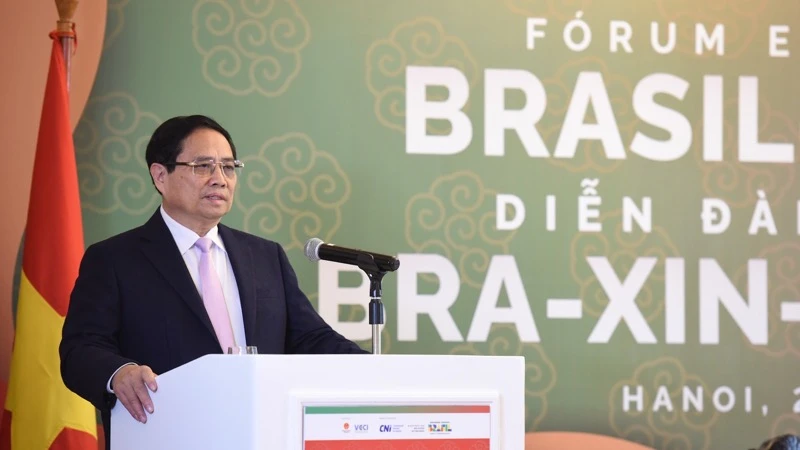
![[Photo] Brazilian President visits Vietnam Military History Museum](https://vstatic.vietnam.vn/vietnam/resource/IMAGE/2025/3/29/723eb19195014084bcdfa365be166928)
![[Photo] Prime Minister Pham Minh Chinh and Brazilian President Luiz Inácio Lula da Silva attend the Vietnam-Brazil Economic Forum](https://vstatic.vietnam.vn/vietnam/resource/IMAGE/2025/3/29/f3fd11b0421949878011a8f5da318635)
![[Photo] Unique Ao Dai Parade forming a map of Vietnam with more than 1,000 women participating](https://vstatic.vietnam.vn/vietnam/resource/IMAGE/2025/3/29/fbd695fa9d5f43b89800439215ad7c69)



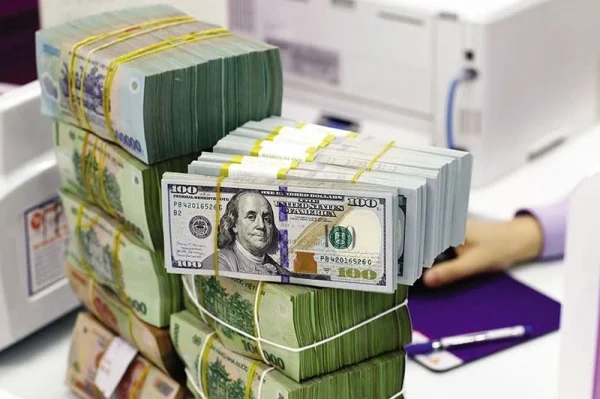

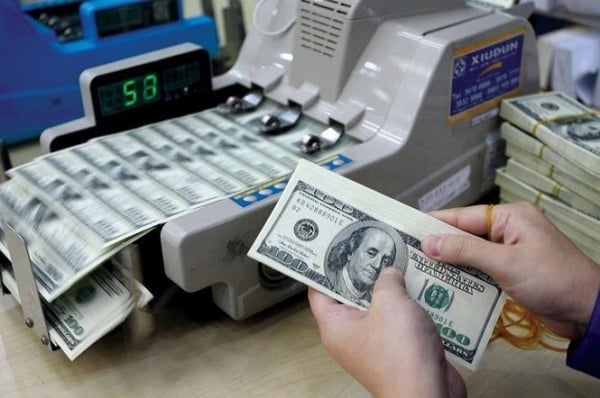


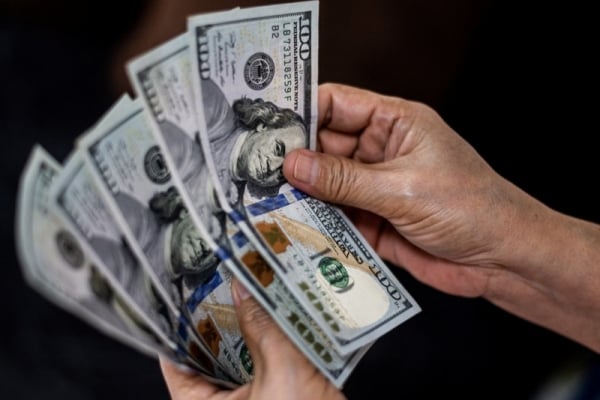
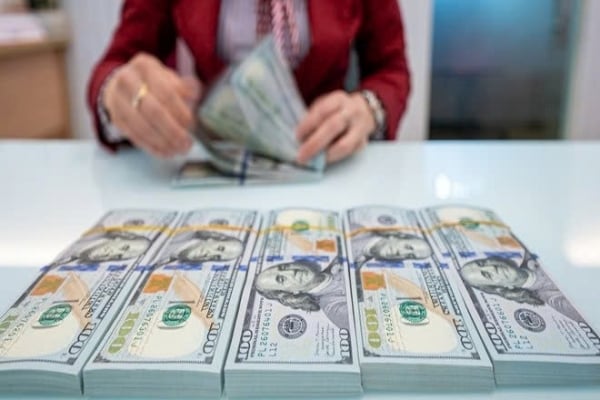









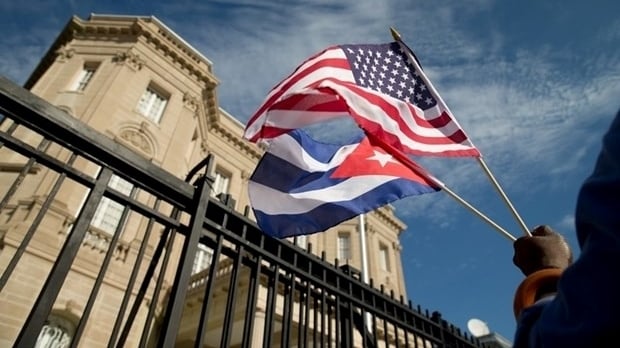




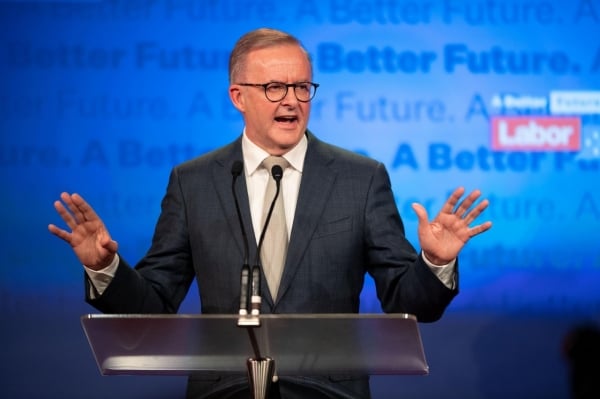






























































Comment (0)